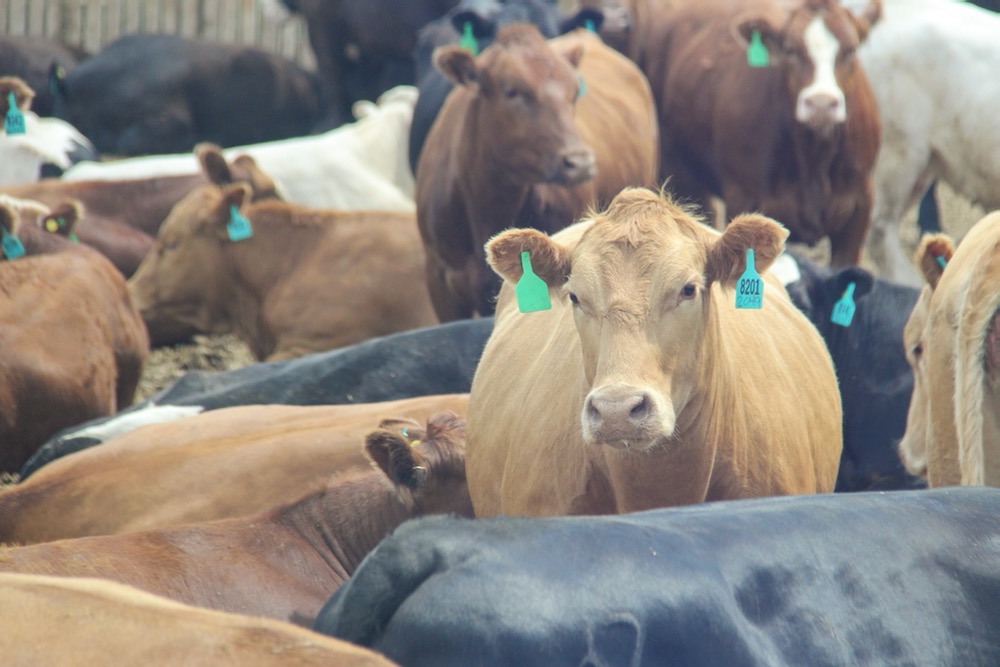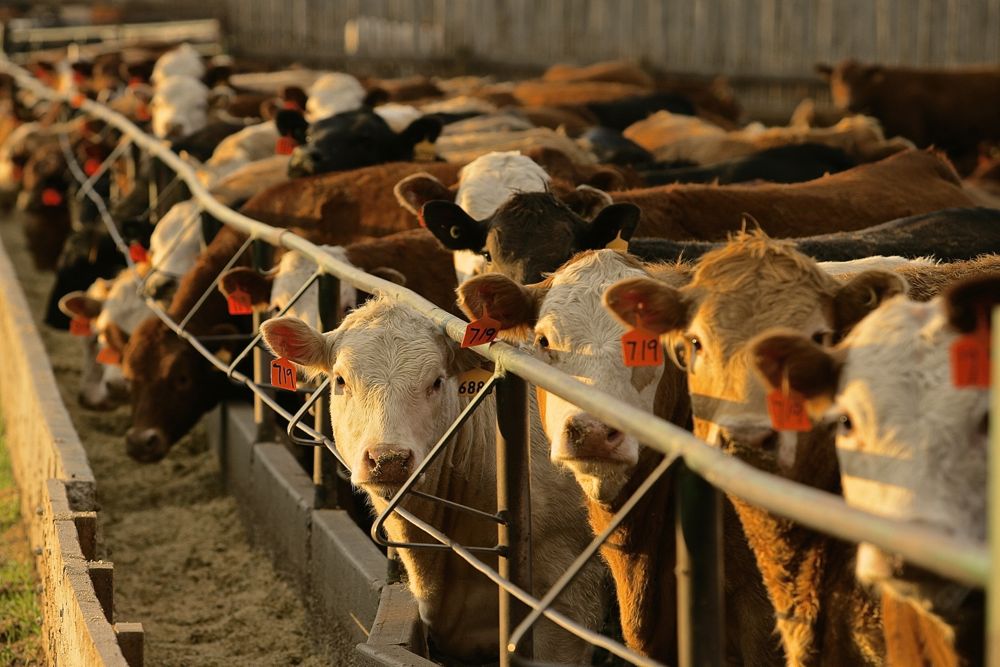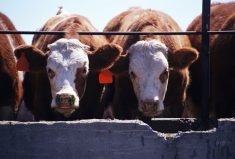Western Canadian feeder cattle prices traded steady to $5 higher over the past week largely due to stronger U.S cattle markets. Alberta packers were relatively quiet but fed cattle prices in the U.S. southern Plains jumped US$5, reaching US$110. This sudden reversal caused Canadian feedlot operators to hold out for higher prices and the positive sentiment quickly spilled over into auction barns across the Prairies. Larger volumes of higher-quality cattle are coming on stream and feedlots appeared to more aggressive on all weight categories. Certain auction markets were reporting prices up as much as $10 late in the week.
Read Also

U.S. livestock: Chicago cattle futures mixed ahead of Thanksgiving holiday
Chicago | Reuters – Chicago Mercantile Exchange’s live cattle futures were mixed on Tuesday, with nearby contracts extending the previous…
The late summer period has been quiet, but there seemed to be pent-up demand; the theme could be summed up as “forgetting what’s behind and pressing forward ahead.” After a year of dismal margins, the economics are turning around and the risk is significantly less with feeder cattle off 40 per cent from year-ago levels and barley prices near 10-year lows.
Perlich Bros. Auction Market near Lethbridge reported a small group of black steers weighing 833 lbs. sold for $187, which was probably a standout feature late in the week. Mixed steers averaging around 850 lbs. were quoted from $172 to $175 in central Alberta. Heifers averaging 830 lbs. were quoted at $162 south of Edmonton. A small group of 600-lb. larger-frame black steers just over 600 lbs. were quoted at $185 in southern Alberta but run-of-the-mill similar-weight steers were trading in the range of $174 to $178 in south-central Saskatchewan. The market was quite variable depending on the region, which is not uncommon when the overall direction starts to turn. Heavier weight categories gained on the calves this week as the feeding margin outlook improved in the deferred positions.
U.S. weekly beef production continues to exceed expectations but we should start to see slaughter numbers decline in October. Packing margins are favourable so the fed market has breathing room to move higher. The outlook for the first quarter of 2017 looks more positive and feedlots are anxious to fill up after carrying seasonally low numbers through the summer. The economy continues to run on all cylinders with low unemployment numbers, wage growth and steady home appreciation which should bode well for beef consumption in the final quarter.
— Jerry Klassen is manager of the Canadian office for Swiss-based grain trader GAP SA Grains and Produits. He is also president and founder of Resilient Capital, which specializes in proprietary commodity futures trading and commodity market analysis. Jerry owns farmland in Manitoba and Saskatchewan but grew up on a mixed farm/feedlot operation in southern Alberta, which keeps him close to the grassroots level of grain and cattle production. Jerry is a graduate of the University of Alberta. He can be reached at 204-504-8339.
















